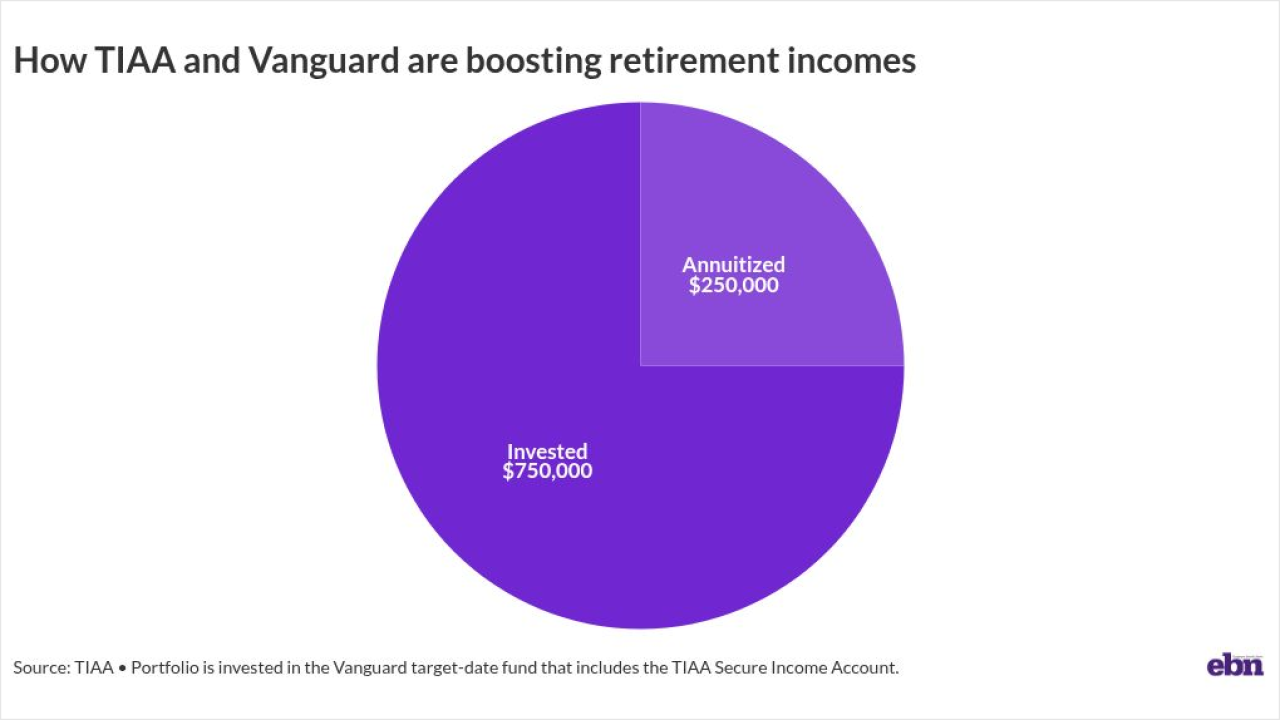Watching health care costs over the last several years feels like that old episode of "The Twilight Zone" where the guy keeps trying to leave town and ends up in the same place over and over again. Year after year - for the past five years now - health care costs have risen between 7% and 8%. The cost to employers to offer health insurance to their employees has risen as much or more: They paid an annual average premium of $15,073 for family coverage in 2011, an increase of 9% over the previous year and double the amount of a decade ago.
Nowhere is this benefits cost pressure felt more strongly than among government employers. Their revenues plummeted more than 22% between 2008 and 2009, mostly because of reduced tax income. And they're facing rising expenses on other fronts, too. For example, during the same time frame, research shows that state and local government spending on unemployment compensation jumped 86%.
Offering a comprehensive, competitive benefits plan under increasing cost pressure is a dilemma facing nearly all employers. Yet, many in the public sector have found these five proven strategies allow them to continue providing valuable benefits to employees and still control the bottom line.
1. Implement wellness initiatives.
Wellness initiatives have emerged as one of government employers' top cost-control strategies. Nearly 80% of respondents in a recent survey of government financial officers have added them to their benefits programs, and 90% of these professionals recommend them to others. Estimates from different studies show a return of three-to-one or higher for every dollar invested in a wellness program. The City of Lewiston, Maine, for instance, decreased its health insurance premiums nearly $800,000 in a two-year period after implementing a wellness program for its 443 employees.
2. Increase employees' participation in pretax benefits programs.
A North Carolina community college with 1,000 employees created more than $100,000 in tax savings for employees and $26,000 in FICA savings for the college when it increased participation in one of its pretax programs. This strategy was graded almost as highly as wellness programs in the government financial officers survey: 77% offer pretax benefit plans, and 86% of the survey participants who do so recommend them.
3. Move noncore benefits to employee-paid voluntary benefits.
This strategy got very high marks from government employers: 87% of those who implemented it recommend it to others, and 70% recommend it strongly. This kind of change can work especially well if you're moving to a higher-deductible major medical plan to control premium costs. Adding voluntary benefits helps alleviate the out-of-pocket exposure employees may have.
At the same time, your employees get access to expanded options to customize their benefits package, and coverage is typically more affordable than they could obtain themselves outside the workplace.
4. Conduct a health plan audit.
If providing health insurance for your employees and their families isn't expensive enough, how much more money could you be spending unnecessarily to cover dependents no longer eligible for coverage?
Dependent verification can help ensure you're investing your benefits dollars where you intend to. Some benefits providers offer dependent verification services free of charge as part of the enrollment process.
And the potential cost savings can be considerable. The City of Dallas, for example, experienced a projected $1.1 million in medical claim savings as a result of a dependent verification process.
5. Let benefits providers handle communication and enrollment for you.
Employers almost unanimously agree it's important for employees to understand their benefits, but less than half of the respondents in one recent survey agreed their employees do have a good understanding.
But few employers - public or private - have the resources to handle benefits communication themselves and using enrollment firms only adds to their costs.
Instead, employers can enlist the support of benefits providers to handle communication and enrollment. These services are available at no direct cost to the employer from some benefits providers.
Pat McCullough is assistant vice president and public-sector practice leader for Colonial Life & Accident Insurance Company. He can be reached by phone at 803-678-6980 or by email at





